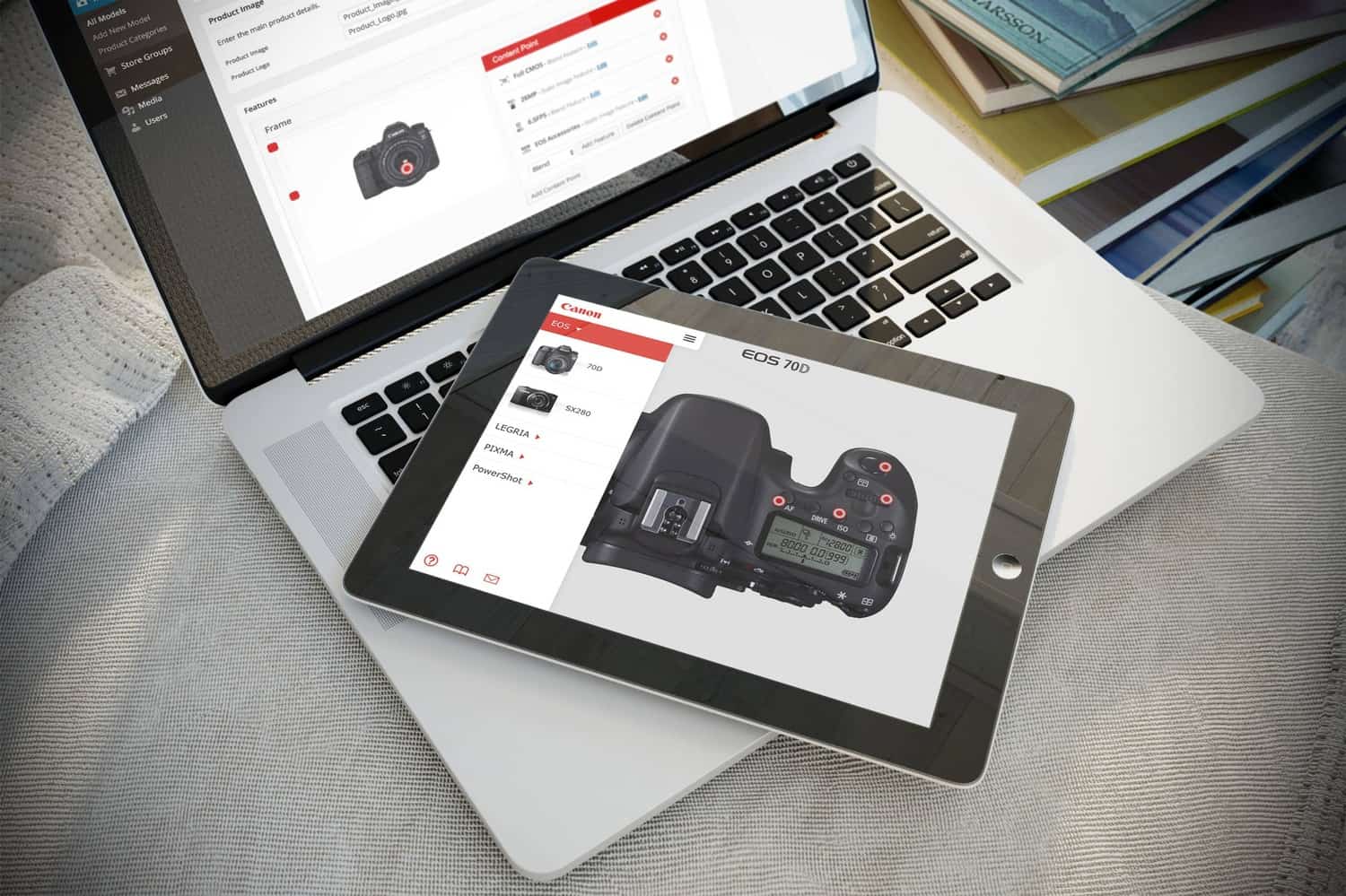App development is going in exciting new directions for 2017.
Mobile app development is evolving as the app market for smartphones and tablets matures. While phones and tablets are still the primary platforms for apps, developers are starting to explore the possibilities for apps on wearables and devices connected to the emerging Internet of Things (IoT). App analytics and mobile app marketing are other essential mobile app development topics as 2015 gets underway. If your company is considering developing a mobile app, you should understand key trends driving the mobile app development market in 2017 to ensure your app reaches the right users and performs as expected. Here are 5 key trends driving mobile app development today.
1. The Cloud as a Major Driver
Expect cloud technology to play a major role in mobile app development this year. With an increase in mobile-first and mobile-only users worldwide, app developers want to be able to integrate and sync apps across multiple devices. The cloud allows developers to build their apps so they can be used on multiple devices with access to the same functions, data, and features. For example, if you develop a mobile e-commerce app, you want your shoppers to use the app whether they’re on a tablet or phone, and for the app to “know” the user profile regardless of which device they use it on. The cloud makes this possible.
2. More Experimenting With IoT Apps
The market for IoT apps is still in its early stages, but an increasing number of app developers are working on IoT projects and experimenting with IoT software. Home and building management is considered a top target for mobile app developers working on IoT apps. With every passing month, the IoT is growing, and as this happens, apps for the IoT will start to mature and be integrated onto multiple connected devices. Developers will be able to focus more on user experience with IoT apps, and customer engagement management platforms using WiFi and Beacon technology will start to develop to help businesses reach customers where and when they want to.
3. Increased Use of Cross-Platform Tools
Developing for both Android and iOS is more common now.
Cross-platform mobile app development is becoming more important. Around 40% of developers worldwide develop primarily for Android, while about 37% develop primarily for iOS. Generally, iOS dominates for developers in Europe and North America, while Android is the primary development platform everywhere else. Windows Phone is a distant third everywhere, with only 8% of developers targeting this platform. More companies are requesting cross-platform development, though it’s still typical to choose one platform first and build a native app for it, then work on a comparable app for another platform. Cross-platform apps have limitations, but there are an increasing number of tools available for those who want to develop cross-platform apps.
4. Growing Importance of Enterprise Apps
Most mobile app development targets consumers first, but an increasing number of developers are making enterprise apps. Businesses are learning the value of creating useful apps in terms of increased revenue. Developers that create enterprise apps are more likely to develop cross-platform apps, since businesses generally require cross-platform functionality. Currently, demand for enterprise mobility solutions is greater than supply because of the tremendous value well-executed enterprise apps offer to businesses. IDC predicts that 35% of large enterprises will turn to mobile app development for their organisations in 2015.
5. Increased Attention to Apps for Wearables
Until recently, mobile app development for wearables was primarily focused on fitness and healthcare. But as 2015 progresses, wearables are expected to be used more by enterprises to improve productivity. With the Apple Watch available in April, you’ll see a push to dominate wearable screens, as the general consensus is that the Apple Watch will spark growth in the wearables market in general.
Also look for the fashion and textile industries to start exploring new ways of incorporating wearable technology. In other words, it won’t always be about smartwatches and Google Glass.
Conclusion
Mobile app development is maturing as more businesses see the benefits of both consumer and enterprise apps. Some are even exploring possibilities for IoT apps and apps for wearables, though those are still somewhat novel. Glance is a leading UK developer of native apps for both consumer applications and enterprise uses. We start with each client’s vision and keep that as our focus from concept till after roll-out, because we understand that your app is about you and not us. If you’d like to learn more about the many exciting ways Glance is helping businesses with mobile app development, Talk To Us today. We’ll be in touch quickly to answer your questions and talk about where you want mobile app development to take your company.
Share this
Subscribe To Our Blog
You May Also Like
These Related Stories

How to Assure Your App Developers Offer True Value to Your Customers

7 Cutting-Edge Trends Your App Developers Should Be All Over





